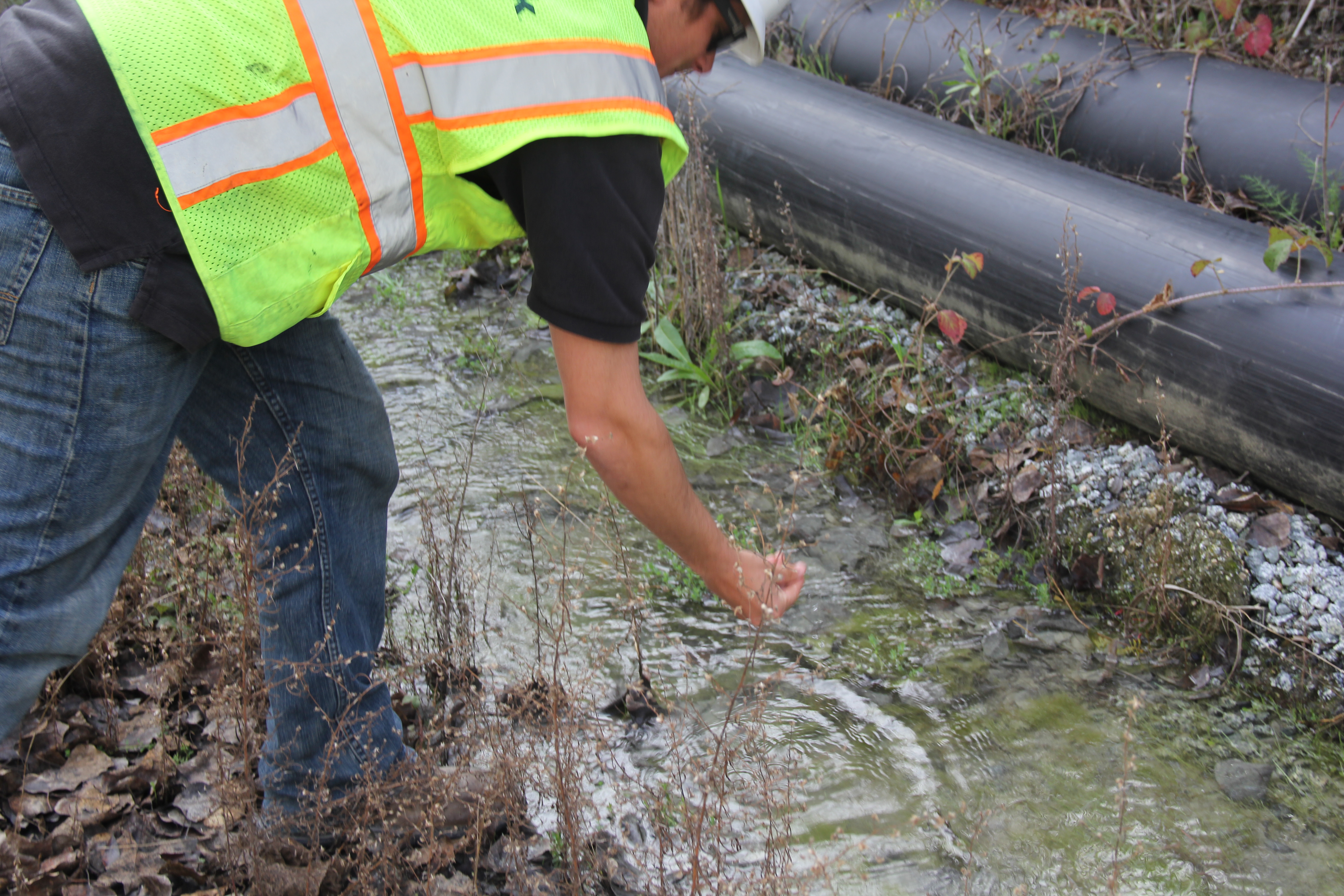
Is your SWPPP ready for El Niño?
Posted by Reed Carter on Feb 2, 2016
From all of the weather reports we hear, El Niño is expected to deliver a rainy season like none seen since 1997.
A long wet winter that drags into spring, with record rainfall, means storm water from construction sites will be a critical issue over the next few months.
A well-grounded storm water pollution prevention plan (SWPPP) – a site specific document that spells out how you will control runoff from a construction site - is your key to staying in compliance and avoiding fines associated with the Clean Water Act.
While the No. 1 goal of any SWPPP is to eliminate water running off site and to eliminate water contact with objects such as trash, machinery and areas with grease and oils, there are some essential steps you can take to ensure your sites are protected.
1. Prepare for the unexpected: Most storm water plans are written during the dry season. When a new construction project is starting, it’s easy to put together a simple SWPPP using standard best management practices (BMPs) common at any construction site. This works great for most sites. However, when your site has confounding factors, things can get difficult. Environmentally sensitive areas, extremely large sites and steep hillsides can all take a good SWPPP on paper and render it useless during a torrential rain. Prepare for more rain than is forecast. If the forecast calls for 2 inches, plan for 4. While you don’t necessarily need to double up on your BMPs, a contingency plan you can mobilize quickly will prevent headaches when disaster strikes.
2. Dedicated person on site: Sampling will be required at the majority of sites with a SWPPP. At large sites, this can be an all-day affair. Many jobs simply shut down if rain is forecast, but sampling may still be required. If you have the sampling done in-house, make sure that person is familiar with the regulations and your specific SWPPP. They should know the site backward and forward and be ready to be there when no one else is. Your dedicated storm water person should be able to mitigate any pending issues early on before they become bigger problems. Your person should be able to prevent a rut in the hillside from becoming a gully.
3. Choose BMPs wisely: Often the most economical BMPs are the most effective. But not always. Two things can help in this department. Talk with the vendor about the best way to implement BMPs and follow the guidelines precisely. And, plan for more rainfall than expected. It’s better to have more capacity than to have a settling pond fail and send sand and sediment-filled water into the street. You’d rather have a settling pond built for 3 inches of rain than 1 inch during El Niño.
4. Put a premium on source controls: Track out, leaking equipment and uncovered stockpiles can spell disaster for a construction site. If you have effective source controls, storm water on site will never get polluted in the first place. Treatment controls can be very effective for removing pollutants from water, and if you need it, a good treatment system is a great option.
5. Isolate pollution sources and water sheds: Designate an area for stockpiles and equipment. The last thing anyone wants is oil or grease leaving the site, especially if it’s from an area where there shouldn’t be that type of pollution. Isolating pollution sources will help focus your efforts on controlling the site. Pollutant specific BMPs are often the most effective here.
California is fortunate to be receiving relief from the years-long drought. However, we don’t want the construction industry to pay the price for not properly managing the influx of storm water. Take the time now to carefully prepare your SWPPP.
Don’t let El Niño catch you off guard.
You can contact Reed at [email protected].
Back to all Blogs
